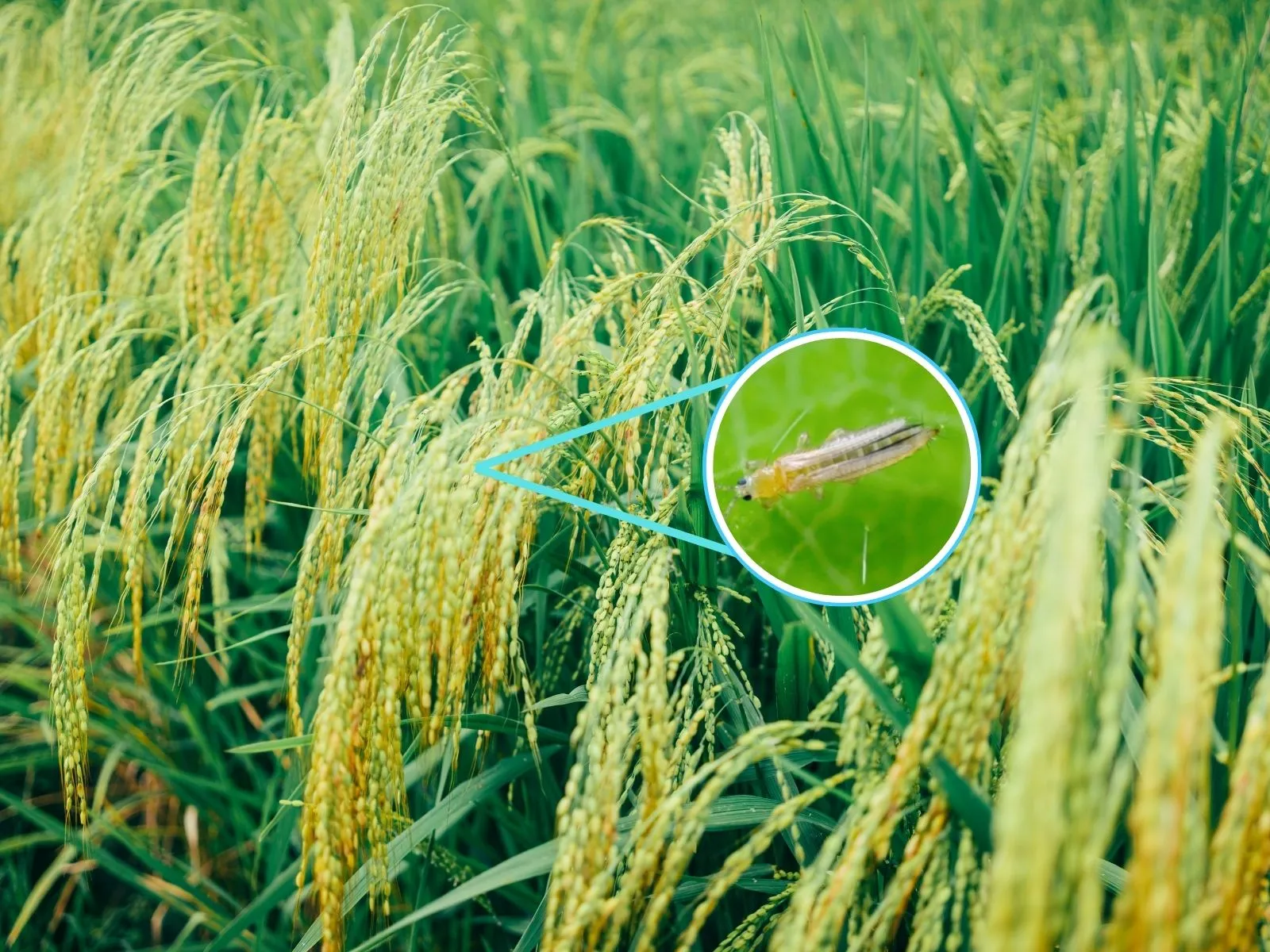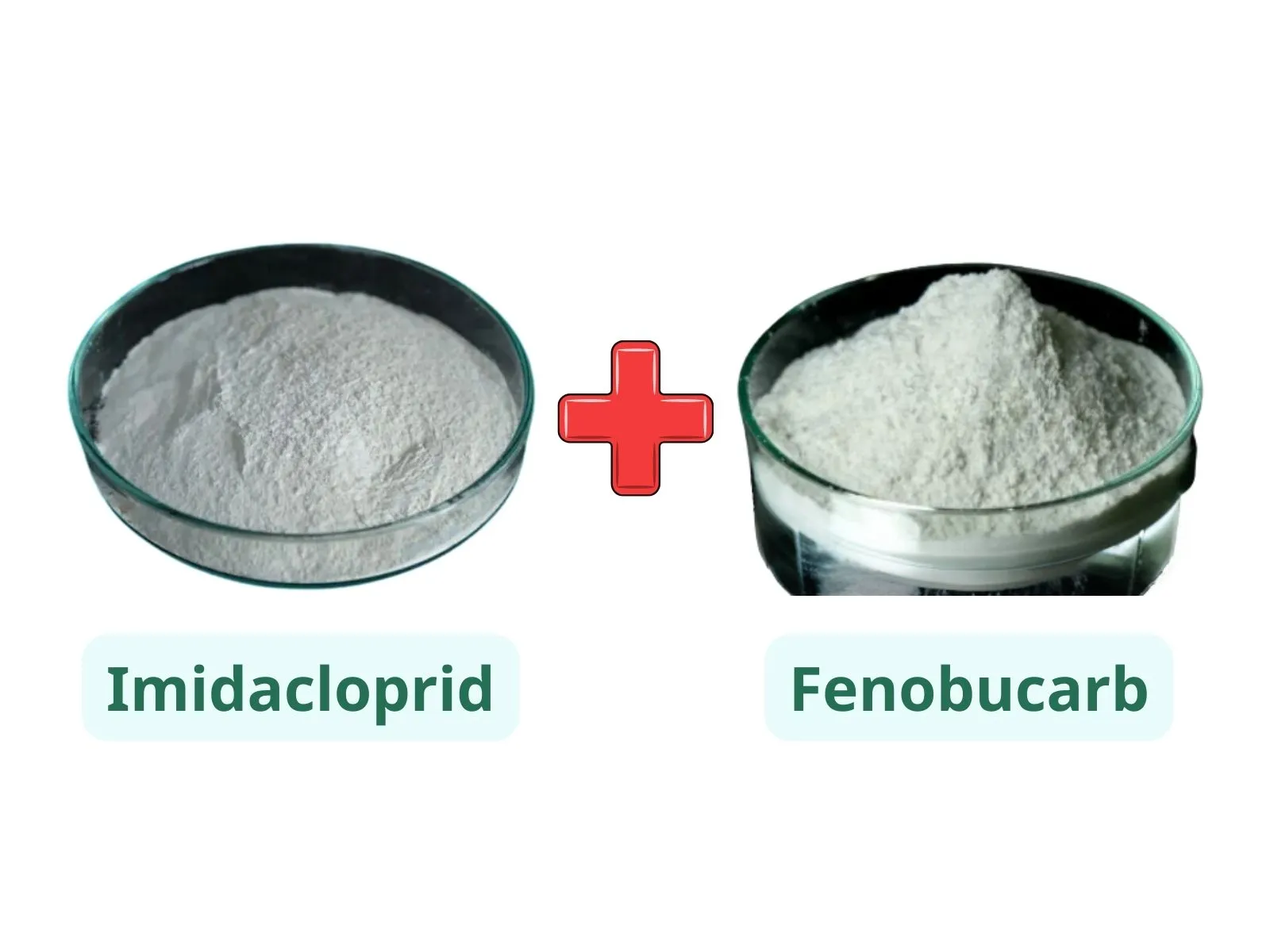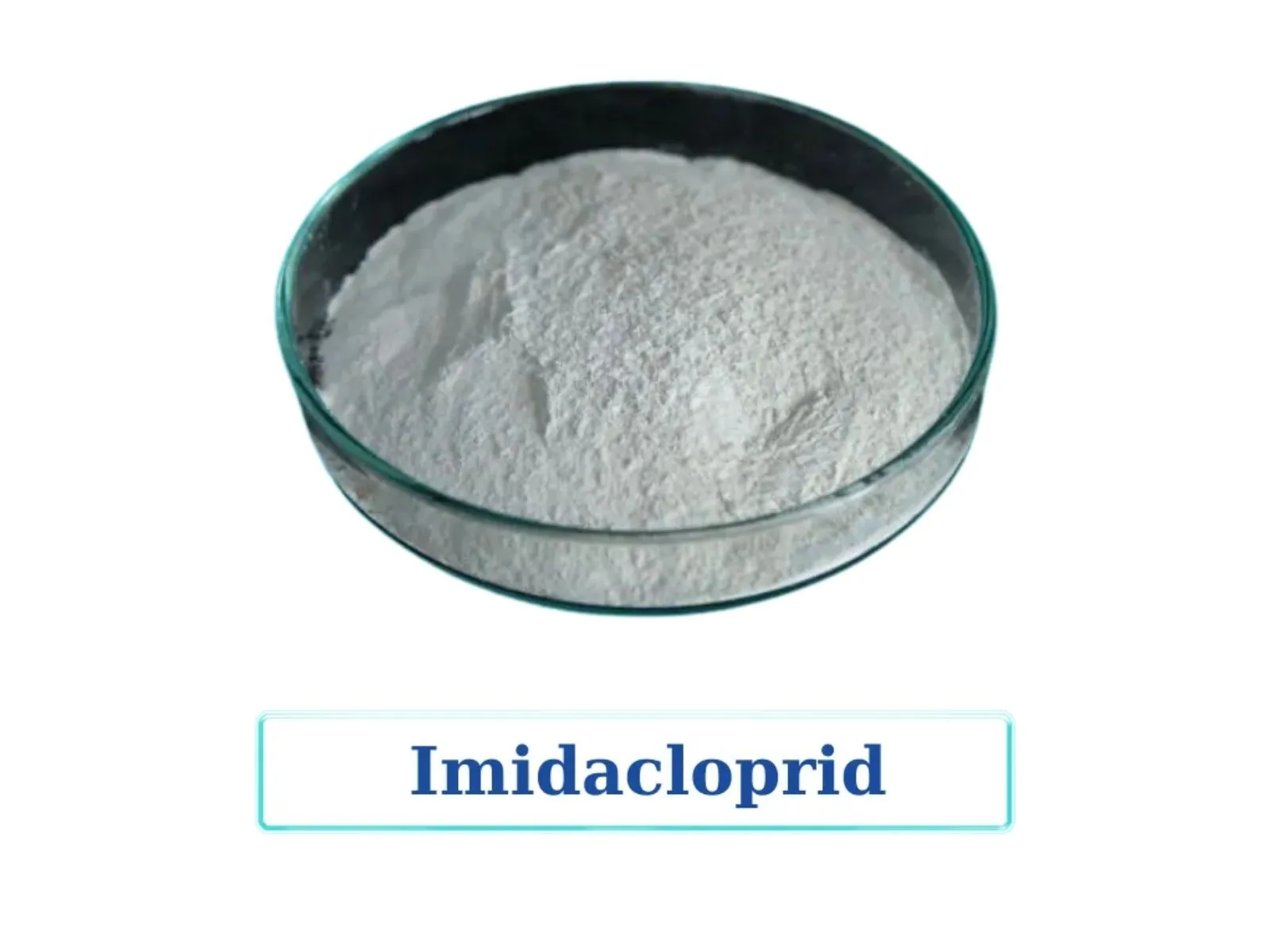Imidacloprid combined with Fenobucarb effectively kills thrips on rice, helps protect young leaves, and limits the spread of viruses that damage crops. Find out more in the following article.
Thrips are among the most dangerous pests affecting rice, especially during the seedling and tillering stages. As many standalone insecticides have become ineffective due to resistance, the combination of Imidacloprid and Fenobucarb has gained trust among farmers for its superior efficacy in controlling thrips. But how do these two active ingredients work, and how should they be combined for maximum effectiveness? Let Sataka guide you through this article.
Thrips (scientific name: Thrips) are tiny insects, only about 1 mm in length. Their small size and ability to hide inside leaf sheaths and young shoots make them hard to detect at early stages. Thrips mainly damage rice plants by sucking sap from young leaves and tender tips.
The damage caused by thrips goes beyond leaf curling or shoot deformity; it severely affects photosynthesis and plant growth. When infestation is heavy, symptoms include twisted leaves, discoloration, stunted growth, poor tillering, and ultimately reduced yield.
Worse still, thrips reproduce quickly and develop resistance easily if only one type of pesticide is used for too long. They thrive in hot, dry weather—exactly when rice is tillering and heading.

Thrips on rice
Using a single pesticide, whether systemic or contact-based, typically targets only one life stage of the thrips. Given their short life cycle (egg → larva → adult), it’s easy to miss key stages if timing and mode of action are not carefully considered.
Combining multiple active ingredients expands the spectrum of control, attacking thrips at different stages. It also slows down resistance development—a key factor for sustainable pest management.
Specifically, Imidacloprid + Fenobucarb is a powerful combination with complementary modes and speeds of action.

Combination of Imidacloprid and Fenobucarb
Imidacloprid belongs to the Neonicotinoid group, known for its high systemic activity and rapid penetration into plant tissues. Once sprayed, it is absorbed through both leaves and roots, then translocated throughout the plant—including stems, shoots, and sheaths—targeting pests from within.
Mode of action: Imidacloprid disrupts the insect's nervous system by binding to nicotinic acetylcholine receptors (nAChRs), causing paralysis and death.
Advantages:
Highly systemic; very effective against piercing-sucking pests like thrips, brown planthoppers, and aphids.
Long residual effect (7–10 days), reducing spray frequency.

Active ingredient Imidacloprid
Fenobucarb (also known as BPMC) is a Carbamate compound that kills insects through direct contact or ingestion of treated leaves.
Mode of action: It inhibits cholinesterase, disrupting nerve transmission and causing rapid convulsions and death.
Advantages:
Quick knockdown effect on adult thrips.
Has repellent properties, significantly reducing pest density within 1–2 days.
Using both active ingredients offers several key advantages:
Dual action – internal and external: Imidacloprid targets hidden thrips from inside the plant, while Fenobucarb eliminates those on the surface through contact.
Interrupts life cycle: Kills larvae, pupae, and adult thrips to prevent reinfestation.
Delays resistance: Dual modes of action make it harder for pests to adapt simultaneously.
Fewer applications: Extended control reduces spray frequency, saving labor and minimizing environmental impact.
Safe for rice: When mixed correctly, this combo does not scorch leaves or inhibit plant growth.

Save costs
To achieve optimal results, follow these mixing ratios and timing recommendations:
Recommended mixture:
Imidacloprid 70WG: 0.5–0.7 grams per liter of water
Fenobucarb 50EC: 1.5–2 ml per liter of water
When to spray: Apply as soon as thrips are detected (light leaf curling, silvery spots on tips). Best times are early morning or late afternoon, when thrips are most active.
Spraying technique: Use a fine nozzle to ensure even coverage. Focus on leaf tips, sheaths, and undersides—where thrips hide.
Reapplication: If infestation is severe, repeat spraying after 5–7 days.
Rotation: Alternate with other actives like Spinetoram, Abamectin, or Dinotefuran to prevent resistance.

Should be rotated with the active ingredient Abamectin.
Despite its effectiveness, using the Imidacloprid + Fenobucarb mixture requires care:
Do not overdose: Excessive concentration may shock the plant or burn young leaves.
Avoid spraying near harvest: Stop at least 14 days before harvest to comply with residue limits.
Wear protective gear: Always use a mask, gloves, and long sleeves during application.
Store properly: Keep chemicals in a dry place, away from children and water sources.

Wear gloves when using active ingredients.
Combining Imidacloprid with Fenobucarb offers fast, thorough, and lasting control of thrips on rice. It not only reduces pest pressure but also limits resistance development—keeping your rice healthy all season. This is a proven, recommended solution by many agronomists, especially in today’s unpredictable weather conditions.
If you're looking for effective, genuine insecticides for thrips and other pests, visit Sataka.com.vn to get expert consultation and great deals from our experienced team.